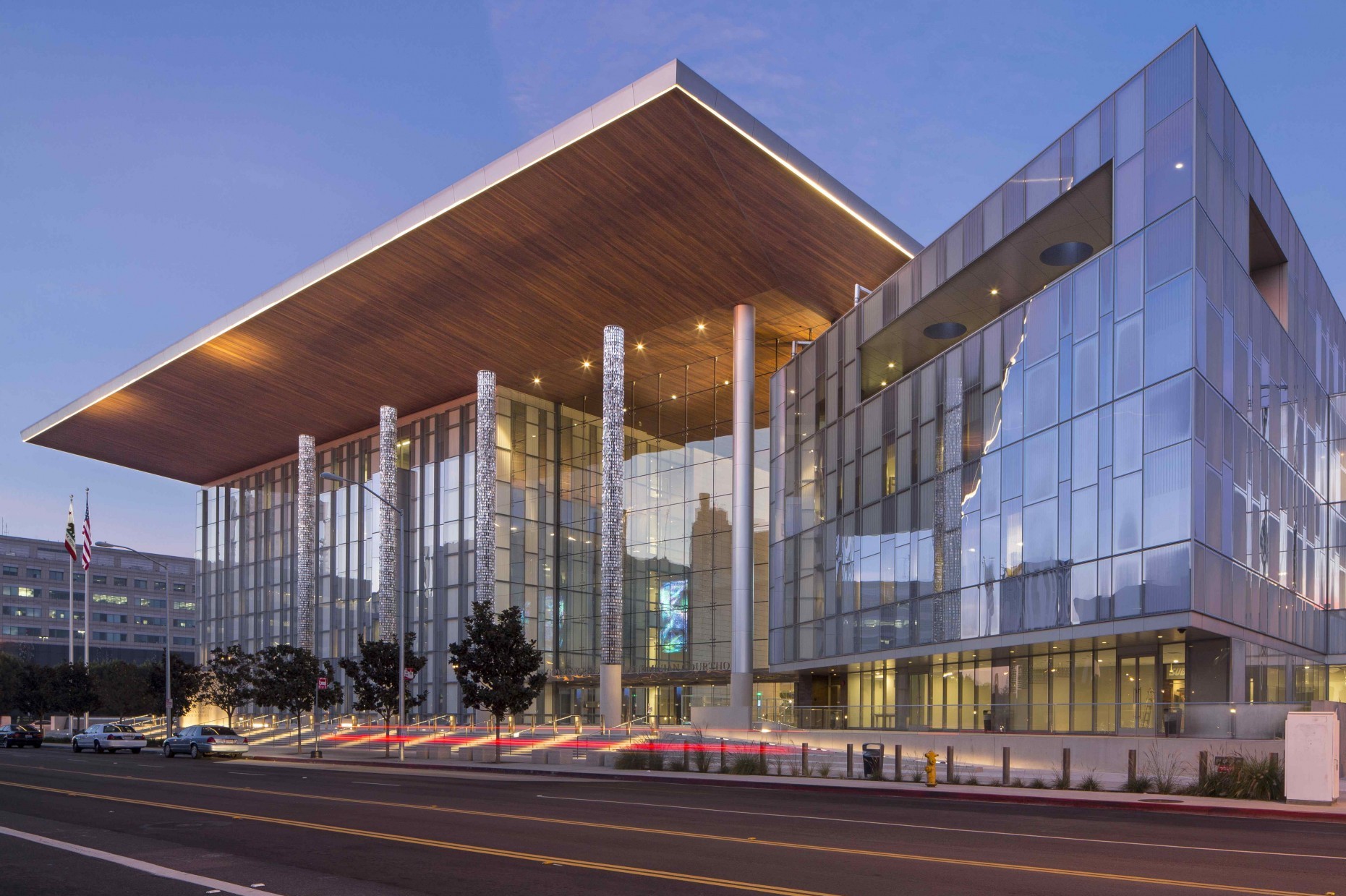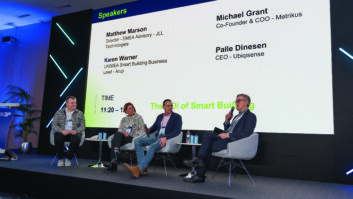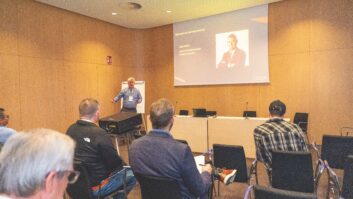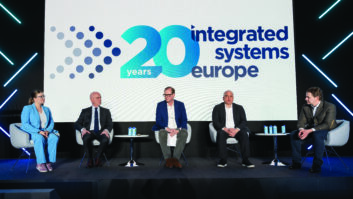
Too often, the industry follows too narrow a definition, which doesn’t explore the full potential of smart technology – or what AV companies can deliver, says Stephen Patterson.
The technology of ‘smart buildings’ is increasingly a discussion topic. Unfortunately – all too often – this seems simply to be in reference to reducing the power consumption of a building, be that for green credentials or financial gain. While a lofty aim in its own right, it’s hardly smart. Paul Fletcher (@thrutl), the architect and thought leader on Smart in the built environment, suggests that a smart building is simply one in which the user doesn’t feel dumb! From AV, to lighting, to HVAC, how often do we fail to deliver on that – let alone any kind of integrated Smart on top?
Shouldn’t a smart building be one that has some autonomy, is capable of learning from its surroundings and most importantly interacts with what may be the most expensive asset in the building – people – to maximise the use of all resources, not just energy? Here’s an example. The security barrier becomes the point of entry to the building world. I swipe my pass, the building knows I’m here and can begin to respond to my presence. The lights in my office turn on, my PC wakes from its slumber and my calendar updates as my presence is noted on internal UC platforms. In a hotdesk environment the system may allocate me a desk, and the digital signage can guide me, having programmed my phone by the time I arrive there. As the system is aware of my diary, it recognises I have a meeting, and 15 minutes in advance of the start time it compares building occupancy to the invite list, to automatically allocate a room – ensuring optimal use of physical resource. I arrive at my meeting room, expecting the AV systems to have performed a self-test and pre-dialled my VC call. Biamp Systems recently conducted a study that suggested up to 10 minutes of every 60-minute meeting is wasted trying to make the technology work – this equates to around $5.5 billion lost per year.
It is evident how smart use of technology can make huge inroads into productivity, resource utilisation and energy saving. But perhaps even this is only scratching the surface of what Smart could really be. Meeting rooms and spaces in a building are often still considered as self-contained environments, warranting the deployment of technology to deliver on a predefined experience. However, with dynamism appearing to pervade every aspect of life, it seems premature to assume that we know how that space is going to be used in the future – hence the deployment of multi-use and reconfigurable spaces.
To deliver this, technology must be more flexible and available than ever. IP-based control, and more importantly media traffic, are at the heart of an ‘anything, anywhere, at any time’ methodology. Wireless technologies and location-aware equipment can also play a part in allowing rooms to automatically configure, based on the location of hardware. This reconfiguration ability and AV service availability is required to deliver the flexibility that is increasingly critical in the future of business, particularly in relation to mobile/remote workers and the need for evolving collaboration. With this comes the concept that physical offices will evolve into places for hosting multi-site, in-person meetings, rather than being a location for individual work.
User experience and interaction with equipment is also an area requiring development, and one which we may have to consider as part of a system’s operational ‘reliability’ – as much as the uptime of physical equipment. If an employee moves from campus A to campus B and has to re-learn how to operate the technology, from a design perspective we have failed. Delivering this sort of reliable equipment use is crucial in avoiding wasted time, money or both.
A closing thought: surely we, the AV industry, are best placed to capitalise on this complete integration of building technology. After all, it is what we do: take many systems speaking many different protocols on several different physical communication media, and deliver a front end that makes it simple. I would venture to suggest that no other discipline involved in the construction trades has this wealth of experience. Shouldn’t we be positioning ourselves to lead this ‘total technology integration’ rather than watching from the sidelines?







